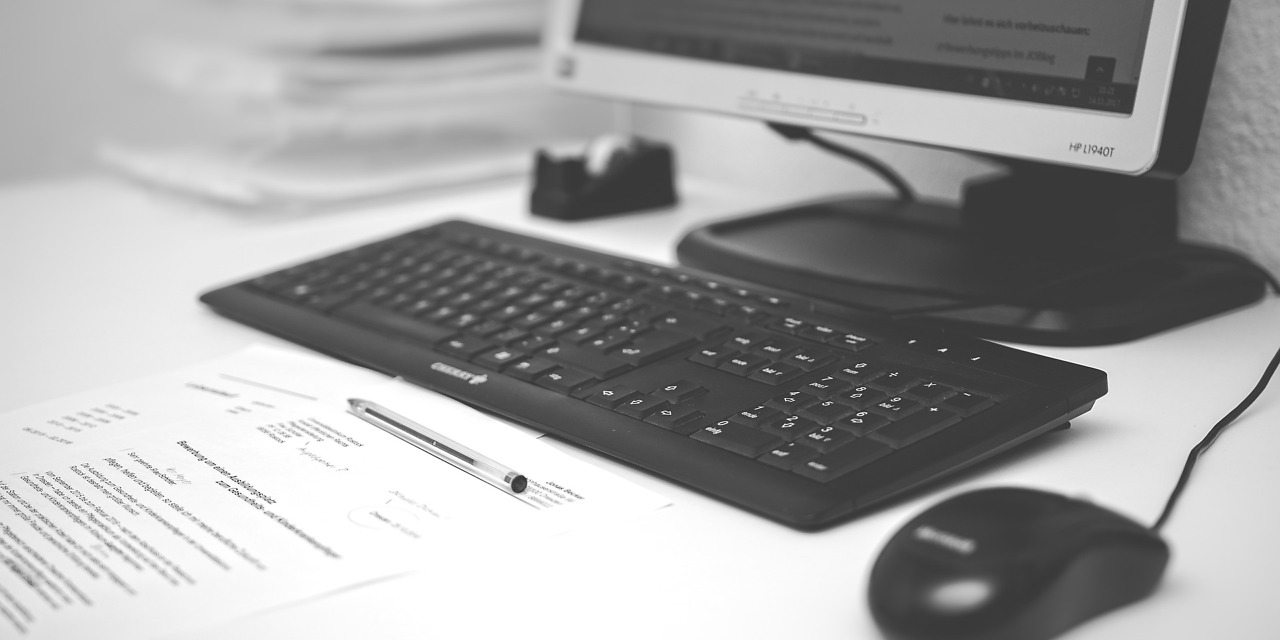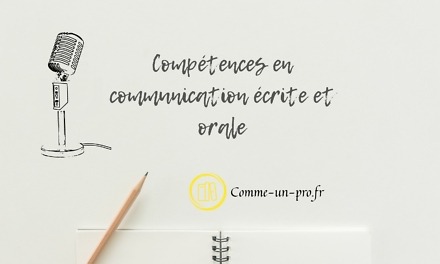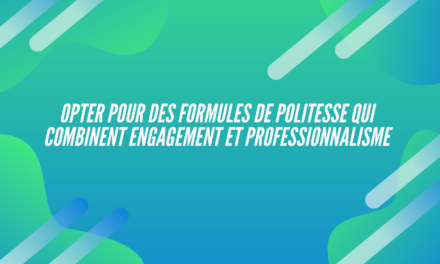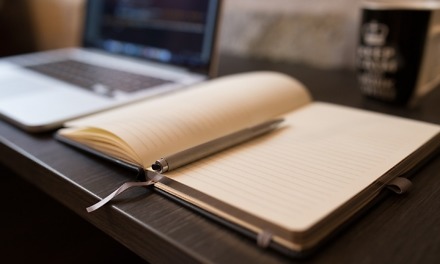A professional letter is a written document, which ensures a formal relationship between different interlocutors. It has a very ordinary internal structure. Essentially written on one page, or two exceptionally. The professional letter most often contains a single subject. This internal structure has an advantage. His writing plan can stay the same no matter what. Obviously, there will be changes given the objective. However, be it a simple request for information, an application, or even a complaint. The plan for writing professional correspondence will remain practically unchanged.
Past, present, future: a three-phase plan for a successful professional letter
The use of the past, present and future, in this chronological hierarchy, refers to the triptych of the writing plan of a professional letter. It is the simple and effective plan to implement in all situations. To question, convey information, explain a given topic, or even persuade your reader. Efficiency, which is justified with regard tological order observed in its structure.
The past: step number 1 of the plan
We write a letter most often, on the basis of a precedent, an initial or previous situation. It may be a letter received, a meeting, a visit, a telephone interview, etc. The purpose of writing the first part of this letter is to convey the reasons for sending. Or quite simply the context describing the situation. The reminder of the facts is generally expressed in one and the same sentence. However, it is more convenient to construct this sentence in sub-sentences. By way of illustration, we can have the following expressions:
- I acknowledge receipt of your letter, informing me of ...
- In your letter dated ………
- You brought to our knowledge ...
- In view of your press release published by the newspaper XXX (reference n ° 12345), we have just proposed ...
- After performing a verification of your account, we found ...
In situations where the reason for writing the letter is not related to a past fact. At that point we have the first paragraph of the letter where the author introduces himself and his establishment. Then continue by specifying your request or by offering its various services. For example, as part of a request for information or a service proposal, we may have the following expressions:
- As experts in the security sector, we come this way….
- Having the satisfaction of our customers at heart, we wanted ...
- We are very happy to announce that we have planned for our customers ...
In the context of a spontaneous application (internship or job), we can also have the expressions below:
- Your company caught my attention and as a student in …………, I would like to apply for an internship ………
- Recently graduated in ...
The recipient to whom the letter is addressed must, from the first paragraph, understand the subject of your letter.
The present: step number two of the plan
This second part of the plan refers to the reasons justifying the writing of the letter at time T. With regard to the previous situation expressed in the first part. At this level, it is a question of either arguing, informing, explaining, or even questioning. Depending on the complexity of the situation, this part can be written either in a full paragraph or present the main idea in a single sentence. By way of illustration, we can have the following expressions:
- Noting that on the date of… invoice n °… is not cleared, we…
- Membership of our organization also assures you ...
- Despite the fact that the contract provides for the start of work on the date of…, we observe with astonishment and have had trouble understanding the delays reported by Mr. ……….
The future: step number 3 of the plan
This third and final part closes the first two by reporting on consequences to come up.
Either we express our intentions, as the author of the letter, and we can thus use expressions of the type:
- Today I will personally take care of sending the items you requested
- We are ready to substitute ... taking into account of course the original.
- Please get closer to the ticket office… ..
Either we express a wish, asking or encouraging the recipient to act or react. We can thus have the following formulations:
- You are invited to come closer to the counter
- I therefore ask you to call on your experts quickly in order to ...
- Your promptness to resolve this situation is eagerly awaited.
The purpose of writing this letter can potentially be accompanied by an argument:
- You will adjust the situation as quickly as possible (objective) according to the general and specific provisions of the contract. (Argument)
- Can you arrange my delivery as soon as possible ? (Objective) It is useless to remind you that the delivery must be made on the scheduled date, in view of your conditions of sale. (Argument)
A polite formula, essential to close your professional letter !
To properly end a professional letter, it is essential to write a polite phrase. It is in reality a double polite formula, consisting of an expression, but also of a “pre-conclusion” formula.
Either we have a courtesy formula, reflecting a certain cordiality:
- Receive in advance our thanks for ...
- We apologize for this unexpected situation
- I will always be available to discuss it in a meeting
- You can contact us at any time to ...
- We hope that this offer will meet your expectations and we are of course at your disposal for further information.
Either we have a polite formula:
- We ask you to accept, Madam, Sir, our best regards.
- Please believe, Sir, in the expression of our best feelings.
- Please accept, Madam, our best regards.
The advantage of this plan in writing a professional letter is on the one hand its sobriety in writing the content and on the other hand, its ease of reading vis-à-vis the recipient. However, this timeline is not recommended for more complex and longer content.





